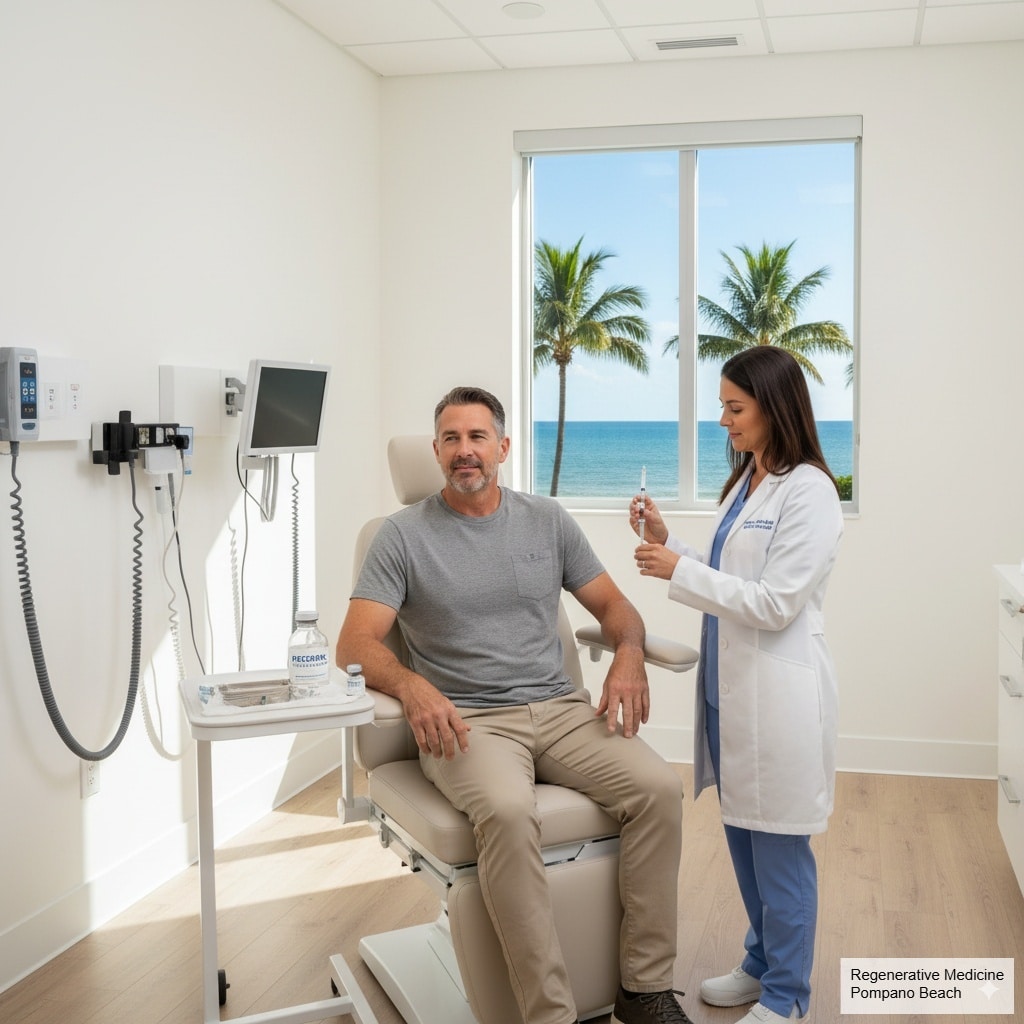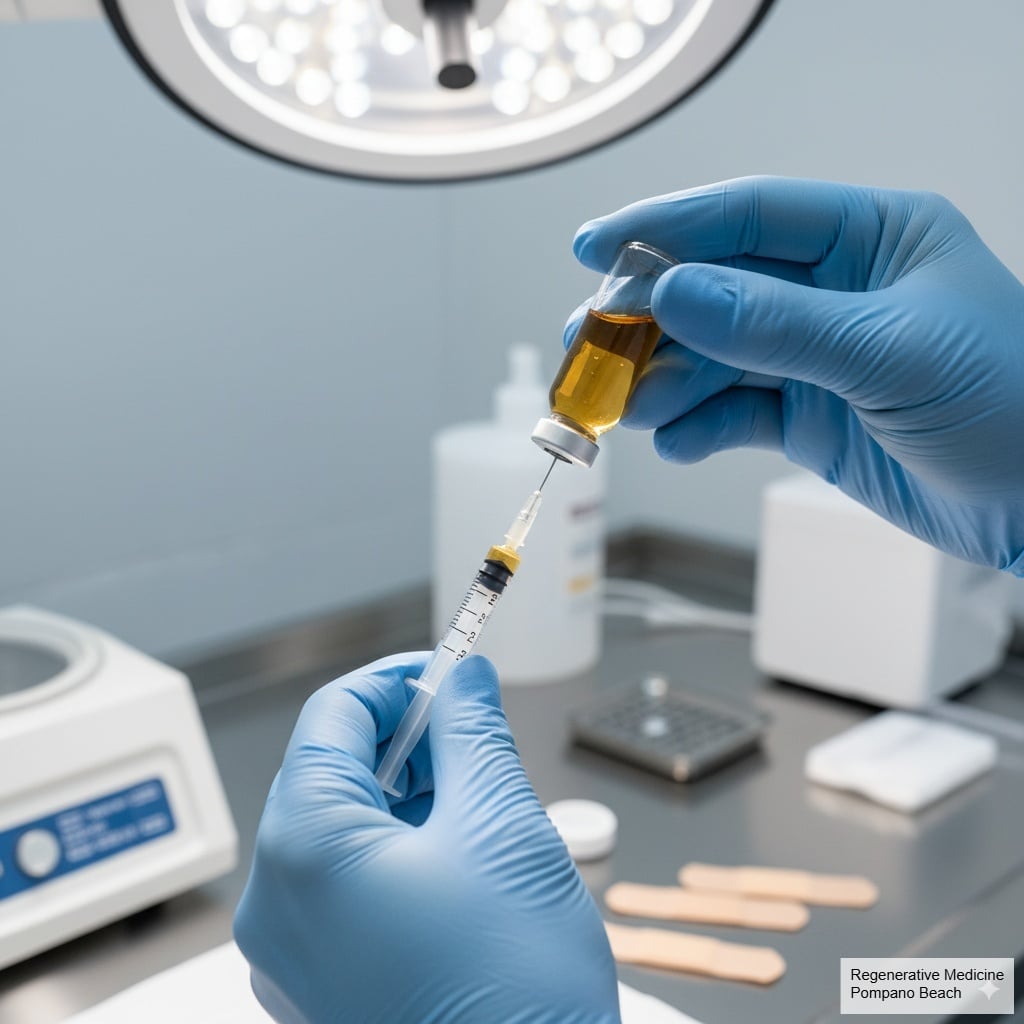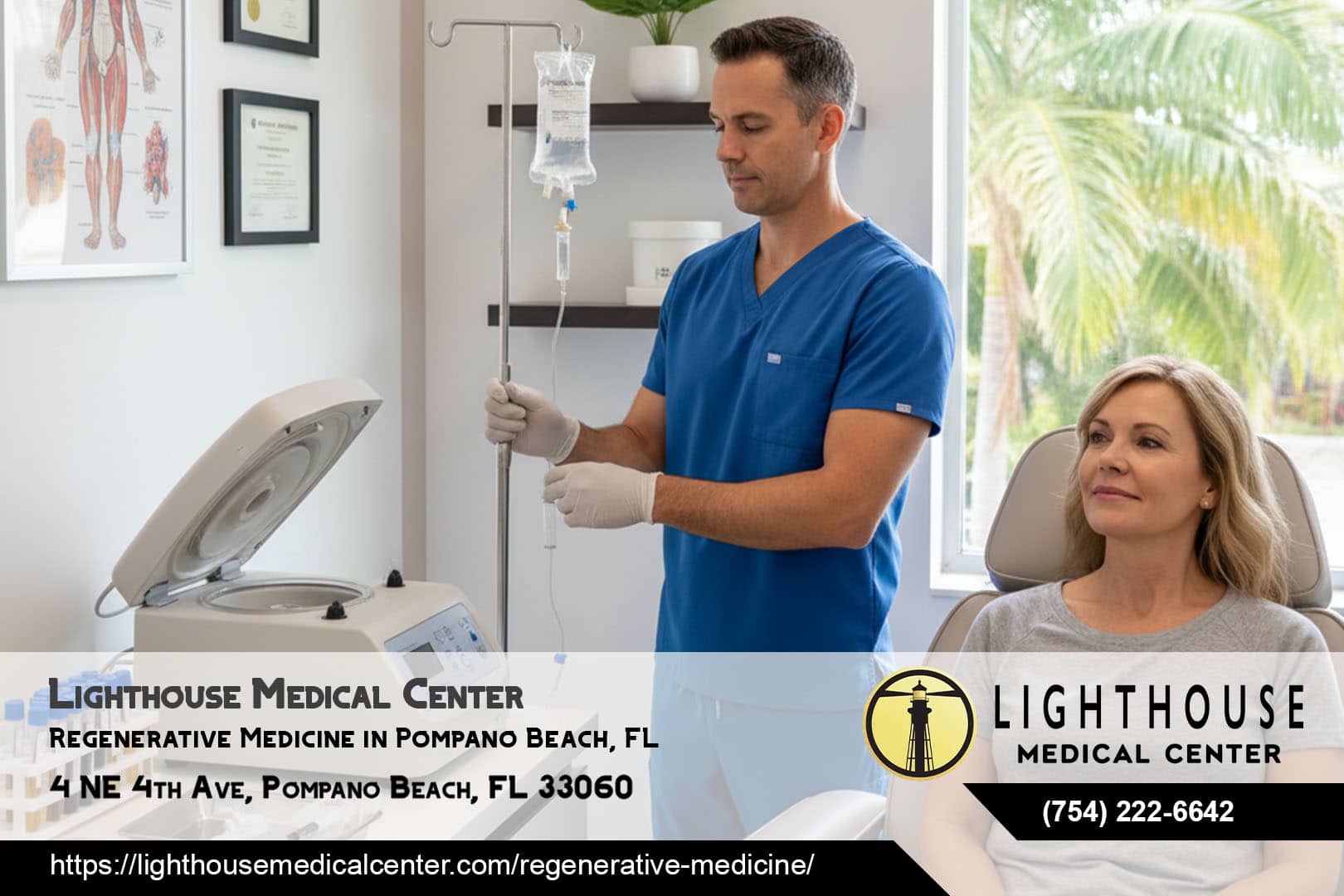Adult Stem Cell Therapies
Adult stem cells offer established therapeutic applications with proven safety profiles and regulatory approval for specific medical conditions. Bone marrow transplantation represents the most well-established adult stem cell therapy, successfully treating various blood cancers and immune system disorders for several decades.
Mesenchymal stem cells found in bone marrow and adipose tissue show particular promise for treating orthopedic conditions, cardiovascular disease, and autoimmune disorders. These cells can differentiate into bone, cartilage, fat, and connective tissue cells, making them valuable for treating musculoskeletal injuries and degenerative conditions.
The accessibility of adult stem cells through minimally invasive procedures makes them attractive options for patients seeking regenerative treatments. Healthcare providers can harvest these cells from the patient's own body, process them appropriately, and reintroduce them to target areas requiring therapeutic intervention. Complementary treatments like PRP (platelet-rich plasma) therapy can enhance stem cell effectiveness by providing concentrated growth factors and healing proteins.
Current Clinical Applications and Research Developments
Established Regenerative Treatments
Several regenerative medicine applications have achieved clinical success and regulatory approval, providing proven therapeutic options for patients with specific medical conditions. Bone marrow transplantation remains the gold standard for treating certain blood cancers, immune deficiencies, and genetic disorders affecting blood cell production.
Skin grafts derived from cultured stem cells offer life-saving treatments for severe burn victims and patients with extensive skin damage. These engineered skin substitutes can cover large surface areas and promote natural healing processes while reducing infection risk and improving cosmetic outcomes.
Corneal regeneration techniques using stem cells have restored vision for patients with corneal damage or disease. These treatments demonstrate the potential for regenerative medicine to address sensory organ dysfunction and significantly improve quality of life for affected individuals.
Emerging Research Applications
Current research investigations explore regenerative medicine applications for treating heart disease, neurological disorders, diabetes, and organ failure. These studies aim to develop therapies that could address some of the most challenging medical conditions facing patients and healthcare systems worldwide.
Cardiovascular regenerative medicine focuses on repairing heart muscle damaged by heart attacks or chronic heart disease. Researchers investigate stem cell therapies, tissue engineering approaches, and biomaterial interventions that could restore heart function and reduce the need for heart transplantation.
Neurological applications explore treatments for spinal cord injuries, Parkinson's disease, Alzheimer's disease, and stroke recovery. These research efforts aim to replace damaged neural tissue, restore neural connections, and improve functional outcomes for patients with devastating neurological conditions. Conditions like neuropathy show particular promise for regenerative approaches, as damaged nerve tissue can potentially be restored through advanced cellular therapies.
Treatment Processes and Patient Considerations
Stem Cell Therapy Procedures
The stem cell therapy process begins with careful patient evaluation to determine candidacy for treatment and identify the most appropriate stem cell source and therapeutic approach. Healthcare providers must assess the patient's medical history, current condition, and treatment goals to develop personalized therapeutic plans.
Cell harvesting procedures vary depending on the chosen stem cell source. Bone marrow aspiration involves extracting stem cells from the patient's hip bone using specialized needles, while adipose-derived stem cells are obtained through minimally invasive liposuction procedures. These harvesting techniques can typically be performed in outpatient settings with local anesthesia.
Laboratory processing prepares harvested stem cells for therapeutic use through concentration, purification, and potentially guided differentiation processes. This preparation ensures optimal cell viability and therapeutic potential while maintaining safety standards required for patient treatment. Advanced techniques like exosome therapy can also be incorporated to deliver concentrated regenerative signals derived from stem cells.
The reintroduction of processed stem cells occurs through various delivery methods depending on the target tissue and therapeutic goals. These may include direct injection into affected areas, intravenous infusion for systemic distribution, or surgical implantation for specific tissue repair applications.
Tissue Engineering Implementation
Tissue engineering procedures require careful coordination between cell preparation, scaffold fabrication, and surgical implantation phases. The process begins with cell isolation and expansion to generate sufficient quantities of therapeutic cells for tissue construction.
Scaffold preparation involves creating three-dimensional structures that will support cell growth and tissue development. These scaffolds must provide appropriate mechanical support while allowing nutrient and waste transport necessary for cellular survival and function.
Cell seeding onto prepared scaffolds occurs under controlled laboratory conditions that promote cellular attachment and initial tissue formation. This phase may require several weeks of cultivation to achieve adequate tissue development before implantation procedures.
Surgical implantation places the engineered tissue construct into the patient's body, where it must integrate with existing tissues and continue development to achieve therapeutic goals. Post-operative monitoring ensures proper tissue integration and function while addressing any complications that may arise. For specific applications like knee restoration, tissue engineering approaches can provide targeted solutions for joint repair and cartilage regeneration.
Addressing Common Misconceptions About Regenerative Medicine
Realistic Treatment Expectations
Many patients approach regenerative medicine with unrealistic expectations based on exaggerated claims or misunderstanding of current capabilities. While regenerative medicine offers significant therapeutic potential, it is not a universal cure for all medical conditions and requires careful evaluation of individual patient circumstances.
Current regenerative medicine treatments show varying degrees of success depending on the specific condition being treated, the patient's overall health status, and the chosen therapeutic approach. Some applications have demonstrated consistent clinical benefits, while others remain in experimental stages with uncertain outcomes.
Patients considering regenerative medicine treatments should seek consultation with qualified healthcare providers who can provide accurate information about treatment options, expected outcomes, and potential risks. This consultation should include discussion of alternative treatment approaches and realistic timelines for therapeutic results.
Safety and Regulatory Considerations
Regenerative medicine treatments must meet stringent safety standards and regulatory requirements to ensure patient protection and therapeutic efficacy. Patients should verify that their chosen healthcare provider operates under appropriate regulatory oversight and follows established safety protocols.
Unregulated or inadequately supervised regenerative medicine treatments may pose significant health risks including infection, immune reactions, or uncontrolled cellular growth. Patients should exercise caution when considering treatments offered outside of established medical facilities or without proper regulatory approval.
The evolving nature of regenerative medicine regulations requires ongoing attention to changing requirements and emerging safety guidelines. Healthcare providers must maintain current knowledge of regulatory developments to ensure continued compliance and patient safety.
Frequently Asked Questions
What conditions can regenerative medicine treat?
Regenerative medicine currently offers established treatments for certain blood cancers through bone marrow transplantation, severe burns through cultured skin grafts, and corneal damage through stem cell therapies. Research continues for applications in heart disease, neurological disorders, diabetes, and organ failure, though these remain largely experimental.
How long do regenerative medicine treatments take to show results?
Treatment timelines vary significantly depending on the specific therapy and condition being treated. Some patients may notice improvements within weeks, while others may require months to see significant benefits. The healing and regeneration process occurs gradually as new cells integrate and begin functioning within existing tissues.
Are regenerative medicine treatments covered by insurance?
Insurance coverage varies depending on the specific treatment and its regulatory approval status. Established treatments like bone marrow transplantation typically receive coverage, while experimental therapies may not be covered. Patients should verify coverage details with their insurance providers before beginning treatment.
What are the risks associated with regenerative medicine?
Risks include infection at treatment sites, immune reactions to introduced cells or materials, and potential for uncontrolled cell growth. Working with qualified healthcare providers who follow established safety protocols significantly reduces these risks while maximizing therapeutic potential.
How do I know if I am a candidate for regenerative medicine?
Candidacy depends on your specific medical condition, overall health status, previous treatments attempted, and individual treatment goals. A comprehensive evaluation by qualified healthcare providers specializing in regenerative medicine can determine whether these treatments offer appropriate options for your situation.
What is the difference between stem cell therapy and tissue engineering?
Stem cell therapy involves introducing stem cells directly into the body to promote healing and regeneration, while tissue engineering creates functional tissues in laboratory settings before implantation. Both approaches may be used individually or in combination depending on the specific therapeutic requirements.
How should I prepare for regenerative medicine treatment?
Preparation typically involves comprehensive medical evaluation, discussion of treatment goals and expectations, review of potential risks and benefits, and planning for post-treatment care and monitoring. Your healthcare provider will provide specific preparation instructions based on the chosen treatment approach.
What happens during the recovery process?
Recovery varies depending on the specific treatment received but generally involves monitoring for complications, following activity restrictions, attending follow-up appointments, and allowing time for tissue integration and healing. Your healthcare team will provide detailed recovery instructions and support throughout the healing process.
Contact Information
| Lighthouse Medical Center |
|
| Address |
4 NE 4th Ave, Pompano Beach, FL 33060 |
| Phone |
(754) 222-6642 |
| Website |
https://www.lighthousemedicalcenter.com/ |
| Serving |
Pompano Beach, FL and Broward County |
| Lead Physician |
Dr. Don Pham |







